
This is fairly straightforward. What your question refers to is “wing-loading”….the number of pounds each square foot of wing upper surface is lifting in flight (in metric this would be kilograms per square meter). Therefore, the wing skin must be strong enough to support the weight of the airplane in static-flight.
But there’s more. The wing skins (and bonding to the wing structural members) must attain a design point strong enough to withstand the additional induced G-effects of turbulence and maneuvering (tight turns, rapid changes in pitch), often all additional forces at once.
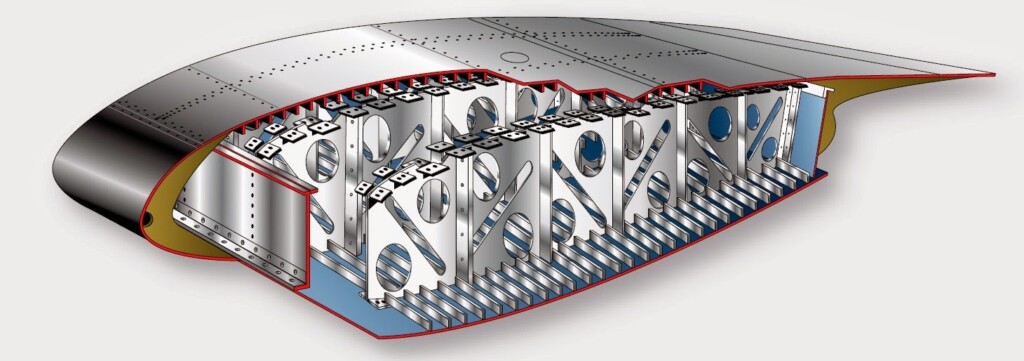
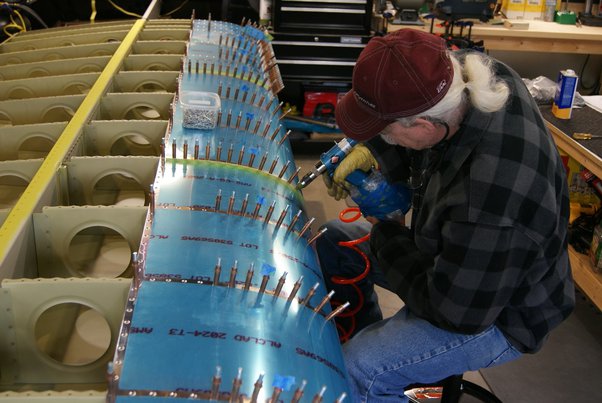
The load calculations are the same for modern composite material wings, although the assembly process is vastly different.
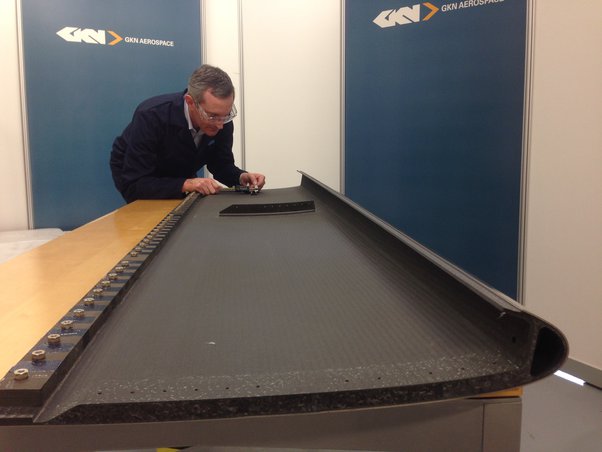
Different types or uses of airplanes have different stress certification requirements for wing loading. Wing stress is usually denoted by the multiple of Gs (the force of gravity) the aircraft structure is designed to safely sustain.
Modern airliners are built to withstand at least +2.5/-1.5 Gs induced by maneuvering. Gliders must be certified to +5/-3 Gs. Aerobatic and military fighters may be capable of 9Gs, or more, which is close to the functional limit of the human pilot under the best circumstances. So, to determine how strong to make the wing-skin and attach it to the wing’s structural members, you must multiply the wing-loading by the G-forces you intend to design your airplane to safely sustain.
The theory is that the faster an aircraft flies, the greater the potential wing loading. For example, birds have a range of wing-loading from approximately 0.2–20 pounds per square foot (lbs/sf), with a theoretical upper limit of approximately 25 lbs/sf.
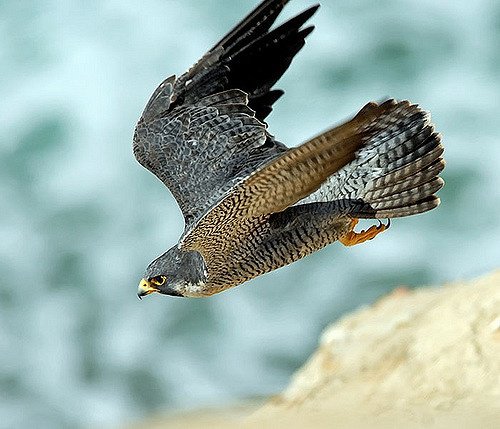
A modern hang-glider (think slow and relatively large wing) has a wing-loading between 1.4–2.0 lbs/sf.
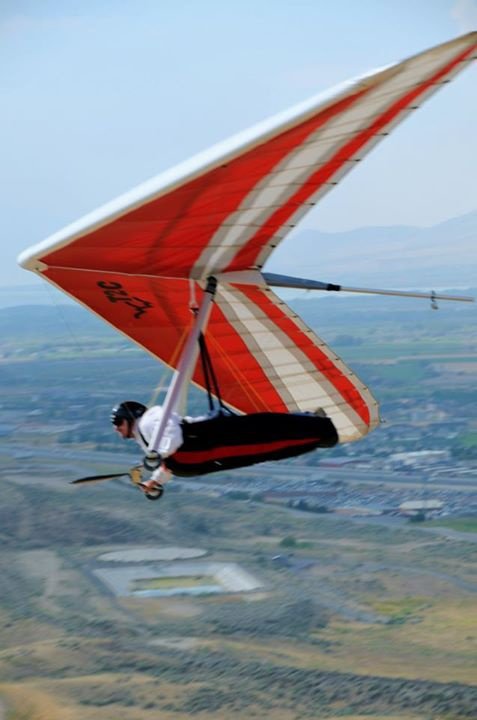
All modern jet airliners fly and cruise at approximately the same speed, although some regional jets in the 737-A320 class are a bit slower. Regardless, commercial airliners’ wing-loading falls between approximately 118 lbs/sf (777 [1995]) and 140 lbs/sf (A380).

One interesting departure between speed and wing loading involved the Concorde, capable of Mach 2 flight – 107 lbs/sf for that large delta-wing craft.
Author – Tim Yarrow
PhD Mechanical Engineering & Laser Inertial Fusion Energy, High Energy Density Laboratory Astrophysics,
